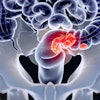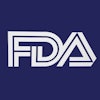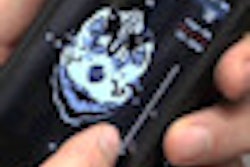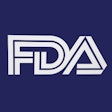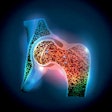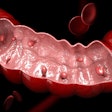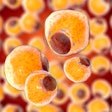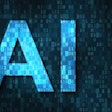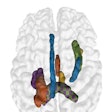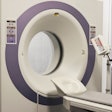Wednesday, November 28 | 3:40 p.m.-3:50 p.m. | SSM03-05 | Room S502AB
A 64-detector-row scanner can deliver anatomic as well as functional information if you follow the lead of Johns Hopkins University researchers, who used the same data for CT angiography (CTA) and cardiac function, motion analysis, and myocardial perfusion information.The heart is a deforming 4D organ; however, current cardiac CT focuses on capturing a snapshot image of coronary arteries, according to Qiulin Tang, PhD. But there is much more comprehensive information CT can provide for accurate diagnosis and treatment planning of cardiac diseases.
"We believe that the triple cardiac information -- coronary CT angiography, myocardial perfusion imaging, and cardiac function analysis [CFA] -- can be obtained simultaneously from a single CT scan," Tang told AuntMinnie.com.
The scan, which relies on 4D reconstruction methods developed at the institution, not only enables low-cost comprehensive assessment of the heart, it also eliminates problems associated with multimodality exams, such as misregistration, Tang said.
Images from a 64-detector-row scanner were processed using the 4D reconstruction method, which estimates heart motion and compensates for it during reconstruction. This estimated heart motion, known as the motion vector field, can be used to calculate cardiac function for systole and diastole, initial time of systole and diastole, peak velocities, and time to peak velocities, according to the researchers.
The method successfully reduced motion artifacts and improved temporal resolution while estimating cardiac motion. "It also demonstrated that CT-based CFA provided time-dependent 3D motion information with decent accuracy," Tang said.
